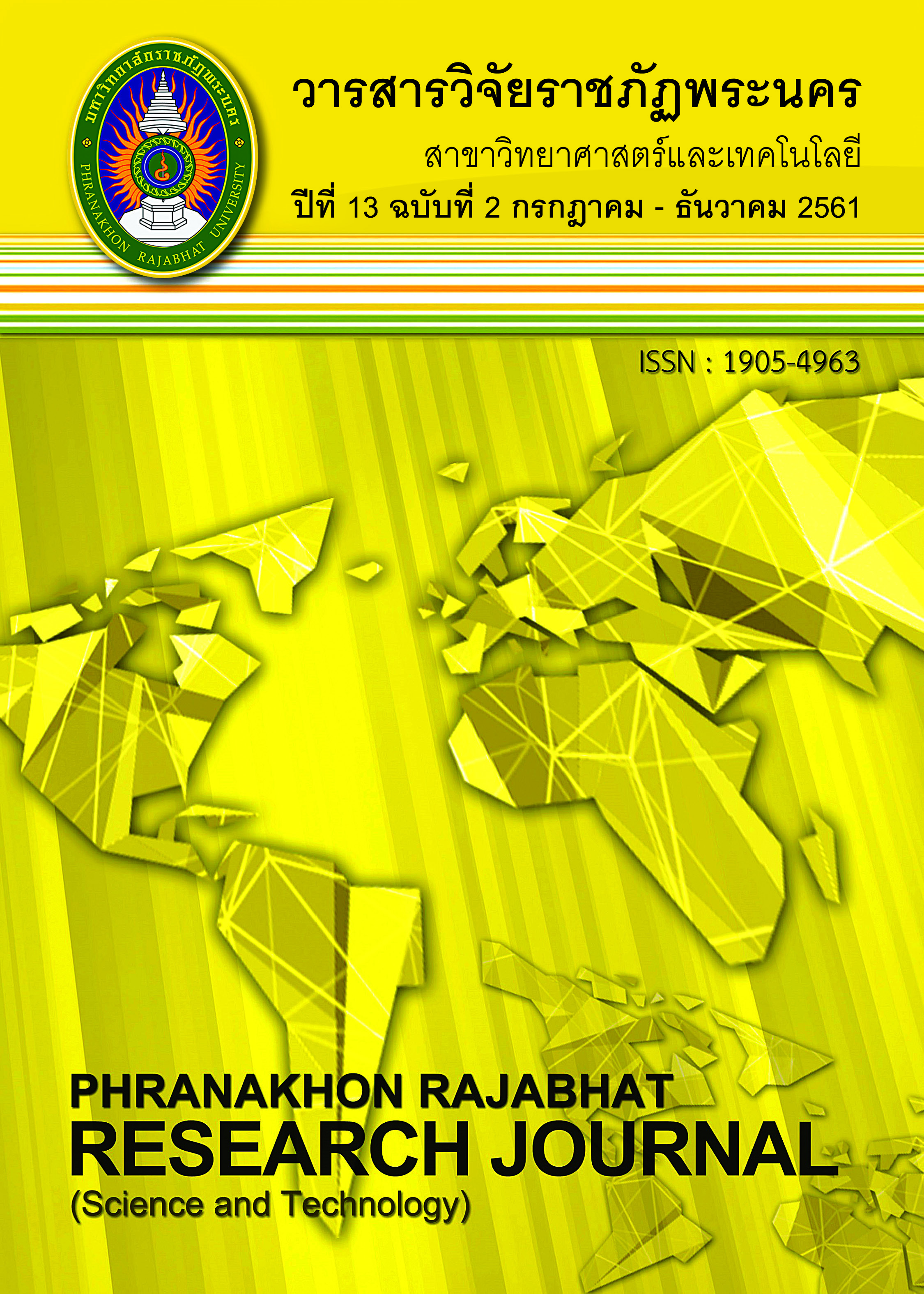APPLICATION OF PROBIOTIC BACTERIA (Lactobacillus plantarum) IN CHICKEN NHAM
Keywords:
probiotic, chicken Nham, Lactobacillus plantarum, Staphylococcus aureus ATCC 25923, Salmonella Typhimurium ATCC 13311Abstract
The research aimed to determine growth-inhibiting activities of probiotic bacteria as Lactobacillus plantarum (AP1 and AP2) against food poisoning bacteria as Staphylococcus aureus ATCC 25923 and Salmonella Typhimurium ATCC 13311. Using agar spot method, Antibacterial activity of L. plantarum (AP1) against S. aureus ATCC 25923 and S. Typhimurium ATCC 13311 in condition of unlimited inhibitory substances were better than those of condition of limited inhibitory substances. Using co-culture technique, L. plantarum (AP1) inhibited the growth of S. aureus ATCC 25923 and S. Typhimurium ATCC 13311 which was estimated by decrease in their numbers from 5.52 to 4.58 log CFU/mL and 5.25 to 4.30 log CFU/mL, respectively within 24 h. A further investigation using chicken Nham showed L. plantarum (AP1) inhibited the growth of S. aureus ATCC 25923 and S. Typhimurium ATCC 13311 by reduction in their numbers from 5.78 to 4.20 log CFU/mL and 6.27 to 5.21 log CFU/mL, respectively within 72 h.
References
A.O.A.C. (2005). Official Method of Analysis of the Association of Official Analytical Chemists. 16th edition. Virginia : The Association of Official Analytical Chemists Inc.
Gonzalez, S.N., Apella, M.C., Romero, N.C., De maciae, M.E. & Oliver, G. (1993). Inhibition of enteropathogens by lactobacilli strain used in fermented milk. Journal of Food Protection. 56, 773-776.
Hwanhlem, N., Ivanova, T., Biscola, V., Choiset, Y. & Haertle, T. (2017). Bacteriocin producing Enterococcus faecalis isolated from chicken gastrointestinal tract originating from Phitsanulok, Thailand: isolation, screening, safety evaluation
and probiotic properties. Food Control. 78, 187-195.
Kingcha, Y., Tosukhowong, A., Zendo, T., Roytrakul, S., Luxananil, P. & Visessanguan, W. (2012). Anti-listeria activity of Pediococcus pentosaceus BCC 3772 and application as starter culture for Nham, a traditional fermented pork sausage.
Food Control. 25, 190-196.
Leite, A.M.O., Miguel, M.A.L., Peixoto, R.S., Ruas-Madiedo, P., Mayo, B. & Delgado, S. (2015). Probiotic potential of selected lactic acid bacteria strains isolated from Brazilian kefir grains. Journal of Dairy Science. 98, 3622-3632.
Nuphet, A. Kantachote, D. & Charernjiratrakul, W. (2004). Screening of probiotic lactic acid bacteria from Thai fermented foods for human. Songklanakarin Journal of Science and Technology. 2(5), 659-670. (in Thai)
Phoem, A., Witajitsomboon, N., Saedeh, F. & Mayiding, A. (2017). Screening of probiotic lactic acid bacteria from traditional fermented foods and healthy elderly people ,s faeces. The 9th National conference on integrating research
for sustainable community development, 31 May 2017, Phuket Rajabhat University, Phuket, Thailand. p.1578-1587. (in Thai)
Spelhaug, S.R. & Halander, S.K. (1989). Inhibition of foodborne bacteria pathogens by bacteriocin from Lactococcus lactis and Pediococcus pentasaceous. Journal of Food Protection. 52, 856-862.
Swetwiwathana, A., Lotong, N., Nakayama, J. & sonsrnoto, K. (2007). Maturation of Nham-A Thai fermented meat product: Effect of pediocin PA-1 producer (Pediococcus pentosaceus TISTR536) as starter culture, nitrate and garlic on
Salmonella anatum during Nham fermentation. Fleischwirtschaft International. 22(3), 46-49.
Swetwiwathana, A. & W. Visessanguan. (2015). Potential of bacteriocin-producing lactic acid bacteria for safety improvements of traditional Thai fermented meat and human health. Meat Science. 109, 101-105.
Tejero-Sariñena, S., Barlow, J., Costabile, A., Gibson, G.R., & Rowland, I. (2012). In vitro evaluation of the antimicrobial activity of a range of probiotics against pathogens : evidence for the effects of organic acids. Anaerobe. 18(5),
530-538.
Vandenplas, Y., Huys, G. & Daube, G. (2015). Probiotics: an update. Journal of Pediatria. 91, 6-21.
Downloads
Published
Issue
Section
License
โปรดกรอกเอกสารและลงนาม "หนังสือรับรองให้ตีพิมพ์บทความในวารสารวิจัยมหาวิทยาลัยราชภัฏพระนคร สาขาวิทยาศาสตร์และเทคโนโลยี" ก่อนการตีพิมพ์




